Industry Insights and Thought Leadership
Industry Reflections

Bacillus, Distinguishing Species and Strains Part I
Bacillus Species Identification Methods: Definitions, Pros, and Cons Understanding the effectiveness of Bacillus products is easy to understand because in many cases we can visibly see the difference. But, it is hard to see what exactly makes up the product. Like most companies, you have probably asked suppliers “what species and how many strains of Bacillus do you have?” This may have been followed up with a straight answer from the supplier but you found that your lab results didn’t match up. Or, maybe you have asked that question only to be replied to with more questions. Like most suppliers, we have been asked that question many times. Seems like a simple question, right? At first glance this question appears straight-forward, but in actuality it is fairly complex. It is important to understand what contributes to the complexity of this question, why suppliers respond the way they do, and the best practices for getting an accurate answer. The Big Question: What species and how many strains of Bacillus do you have in a particular product? The Bacillus genus contains a broad range of species and strains with a wide variety of physiologic capabilities; this is precisely what we love about […]
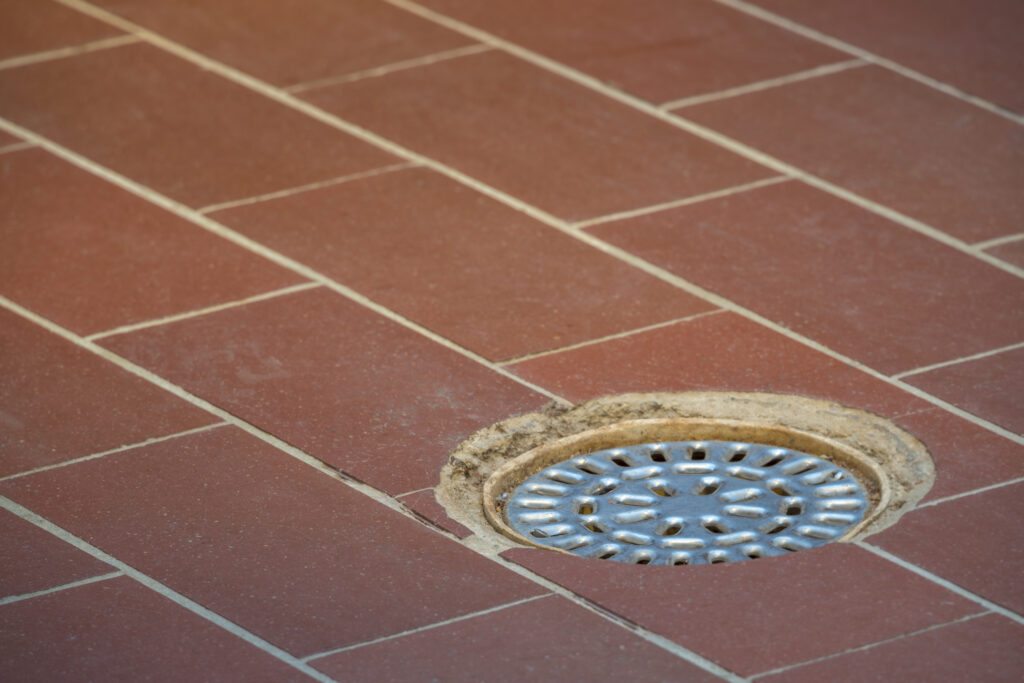
Fats, Oils and Grease: Bacillus vs. The Alternatives
What do many commercial, residential, industrial and institutional facilities all have in common? If you said a door, you’re technically correct; but for the purpose of today’s article the correct answer was Fats, Oils and Grease (FOG)! All of your customers facilities have drains, and drains are sought-after hosts for FOG. FOG commonly builds up in pre-rinse stations and dishwashers, compartment sinks, mop sinks, floor drains, floor sinks and trough drains. The accumulation of FOG can be caused by a multitude of different sources; lubricating oils, road construction, cooking, and more. Regardless of the cause, FOG causes costly problems when left untreated. With FOG as a leading cause of drain and sewer backups, a high-quality product that gets rid of fats, oils and grease should be a staple in your Industrial and Institutional product line. The infographic below illustrates the benefits of a high-quality bacteria-based treatment solution against the alternatives, the problems associated with harsh chemicals or leaving the problem untreated. MDG specializes in providing Bacillus concentrate products to manufacturers in the I&I industry. With a foundation in research and development, MDG excels in the isolation, characterization and fermentation of Bacillus. Our SporActiv™ line contains a combination of Bacillus strains […]

A Restaurant’s Tourist Season: Controlling Customers’ Fat, Oil, and Grease
Summer is the height of tourist season and cities become flooded with people who are eager to dine out. As a cleaning product manufacturer, you play a vital role in providing solutions for maintaining restaurant fats, oils, and grease (FOG) By utilizing our Bacillus-based cleaning ingredients, manufacturers can create effective products that can help manage FOG in restaurant grease traps. During this busy time, when FOG accumulation is high, it’s important to ensure proper maintenance of grease traps to help control the chances of blockages, backups, and sewage overflows. The Bacillus breaks down and digests existing and accumulating FOG to help control potential issues. What Happens When Grease Traps Are Not Maintained: During busy times, food prep and dishwashing duties send food scraps down the garbage disposal and drain. This disposal causes grease traps and sewer pipes to fill with FOG quickly. As the FOG solidifies in the sewer pipes, it causes blockages that lead to backups and sewage overflows. When FOG build-up is not properly maintained, unpleasant odors and even greater challenges can arise. The EPA estimates about half of all the 400,000 annual sewer blockages in the United States are caused by grease, and the grease contributes to many of the […]
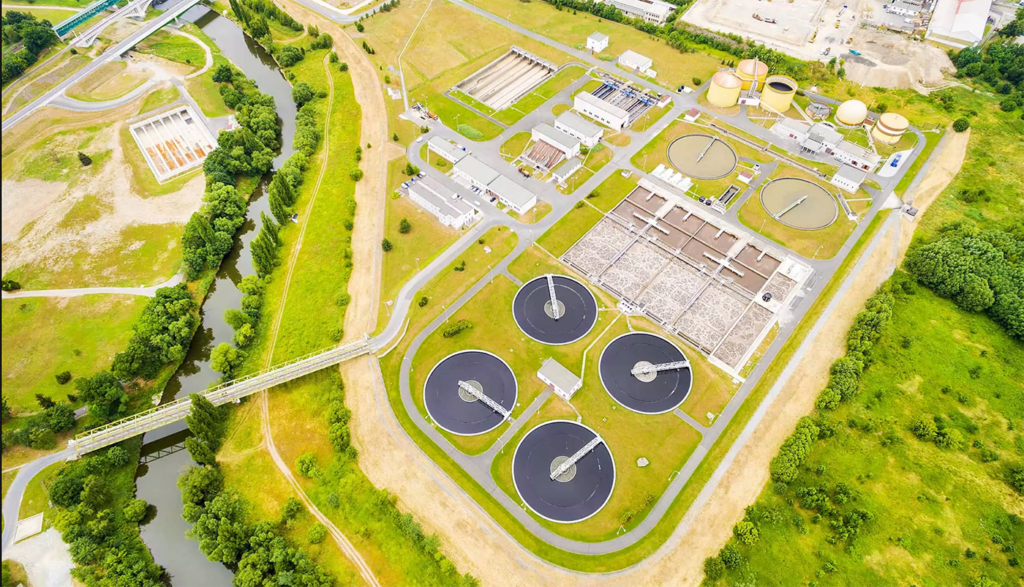
What is bioaugmentation?
At MDG, we continue to discover all the possibilities to treat wastewater with Bacillus. Through years of research and development, we’ve found that bioaugmentation is the answer for wastewater treatment. Bioaugmentation is the process of adding scientifically selected organisms to a microbial community to enhance that community. The term bioaugmentation is often used to describe biological processes in wastewater treatment when using Bacillus products. We work directly with distributors in the wastewater treatment market to deliver ready-to-use solutions on a global scale. Why are bioaugmentation products used? Not every species and strain of bacteria are good at everything. Bioaugmentation products are used when you want to improve an aspect of an environment biologically (i.e., eliminate foul odors, digest wastewater sludge, etc.). While the existing community of bacteria are good at certain things, when we introduce specific strains that are better than others, we can make the entire population more efficient. For example, in wastewater treatment, while the existing community may be good at breaking down specific substrates, the addition of Bacillus increases the ability to break down compounds with enzymes. This process allows the whole community to digest more efficiently. Bacillus has been shown to significantly reduce fats, oils, grease (FOG), sludge, odors, carbon oxygen demand, […]
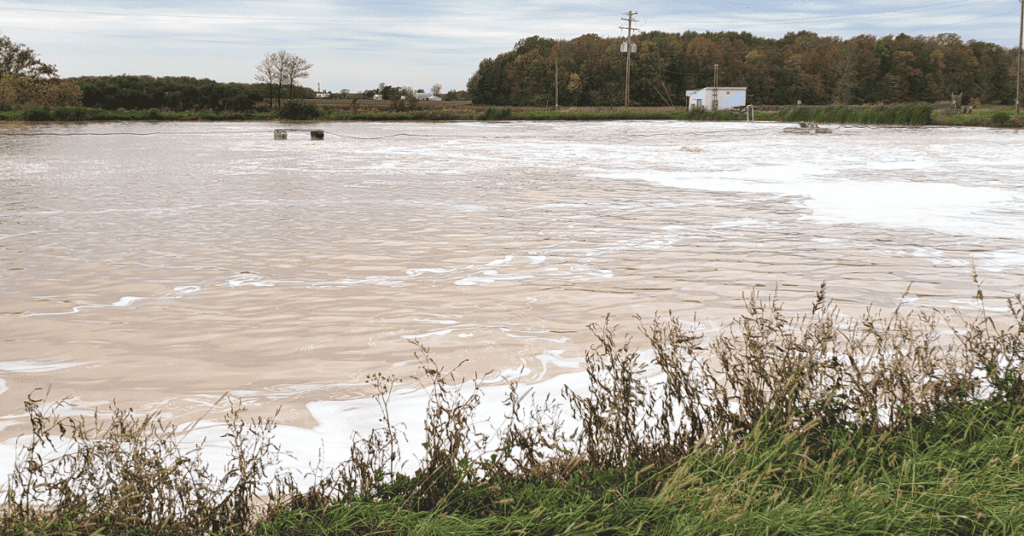
Pulp and Paper Lagoons Problems
It’s been a tough few years for the pulp and paper (P&P) industry. With an increase in foreign competition and a lowered demand for paper, many facilities have had to tighten their belt. One of the most probable victims of these cuts are the wastewater treatment systems. Wastewater needs to be cleaned while sludge continues to build up. What was once full capacity-lagoons ready to handle a lot of wastewater are now full of sludge. With limitations on a budget, land to build more lagoons and time allotted for dredging, the sludge and holding capacity concerns have fallen to the wayside to be dealt with another time. Maybe that time is now. Those full lagoons are rearing their ugly heads and maybe you’re realizing that you shouldn’t have ignored that sludge after all. You have no time to build an extra lagoon or dredging may not be a quick enough or a financially viable option. Enter a third possibility: Bioaugmentation. With the help of hardy Bacillus bacteria, you can treat the incoming sludge as you go, while also reducing your current sludge blanket. With bioaugmentation, you can experience results over time and restore treatment capacity. This buys you time and improves water treatment simultaneously. Pulp […]
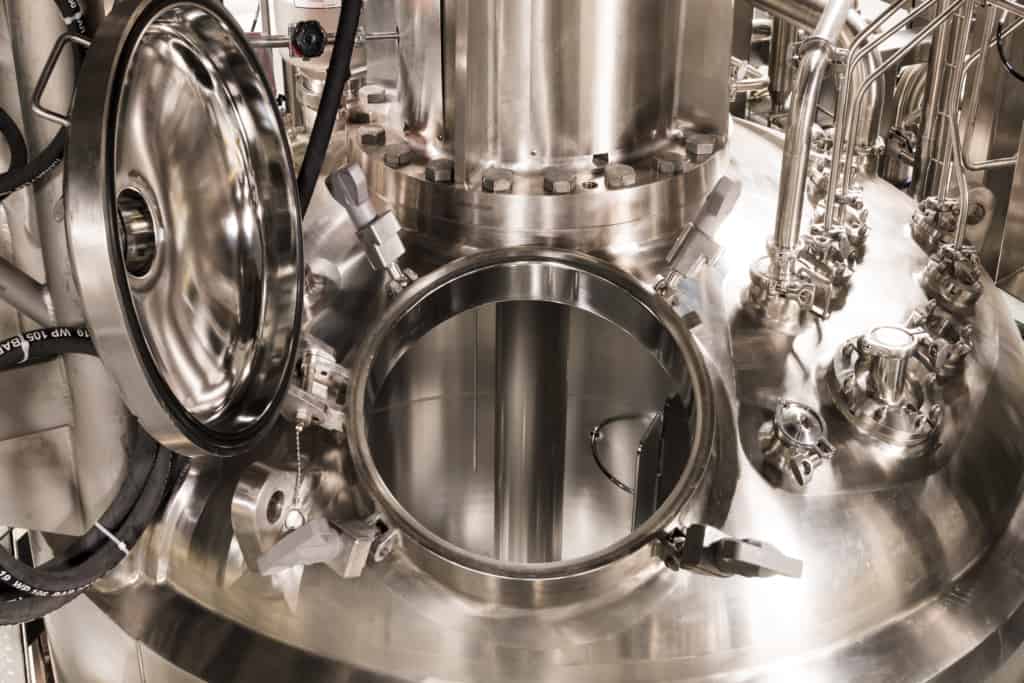
Supplying Quality: One Strain at a Time
In the large-scale liquid bacterial fermentation world, there are two primary ways to grow bacteria: as individual strains or in combination with others. At Microbial Discovery Group, we grow one strain at a time as it has served us well over the past decade. Truth be told, if I could find a way to grow multiple strains in one batch that was produced through a consistent process, resulting in high yield and uniformity in strain ratio, was guaranteed for purity, and ensured maximum sporulation – I would use it for our wastewater treatment products. Over the years we have experimented in finding different ways to accomplish this large task, but sadly none of the results measured up against our 5 criteria for success. Therefore, we are leveraging our expertise in growing one strain at a time to consistently meet our customers’ needs. Growing one strain at a time ensures: Highest strain yield Guaranteed purity Process consistency Uniformity of strain ratio Maximum % sporulation Highest Strain Yield Throughout the years we have found ways to get extremely high yields when growing one strain at a time. I believe our record is just under 3 x 1010 CFU/mL in the fermentation broth. I […]
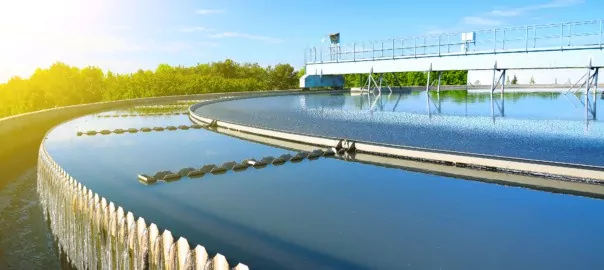
The Benefits of Liquid Dosing
Many wastewater distributors are faced with finding an efficient product to combat common challenges such as sludge, fats, oils, and grease, and odors. Bacillus-based products have been proven highly effective and reliable to reduce, eliminate, and alleviate these challenges in the wastewater market. Did You Know These Products Come in Liquid Form? MDG formulates liquid products that include Bacillus strains scientifically selected for their ability to degrade a broad range of organic material and reduce odors like volatile fatty acids and hydrogen sulfide. These systems include lagoons, sludge tanks, aeration basins, grease interceptors, collection systems/sewers, small wastewater treatment plants, and septic systems. Benefits of Liquid Dosing Liquid dosing can help keep systems in check while controlling a wastewater system regularly and with less manpower. Additionally, liquid dosing: Is compatible with any size pump to dispense specific volumes. Can be released at predetermined times allowing frequent dosing (automation). Improves treatment effectiveness by standardizing treatment. Reduces manual labor. How We Can Help Biotifx® Liquid Max is our highest strength and ready-to-use liquid dosing product containing 3X the number of bacteria and micronutrients as the average competitive liquid product. This liquid product is one of the most powerful and impactful products on the market. Biotifx® Liquid Max […]

Are You Offering a Bacillus RV Septic Treatment?
Outdoor activities like RV camping are an ideal way for travelers to escape indoor isolation. It’s all about packing up the necessities and hitting the open road. Living out of an RV camper for any amount of time will likely include eating, sleeping, and using the bathroom. These are some of the essentials that are all part of the experience. Imagine being a traveler; Sitting around the campfire, cooking outdoors, and hiking are just a few of the fun activities to enjoy. However, smelling sewage while sitting in your RV, drinking that morning cup of hot coffee looking over a beautiful scenic view is not ideal. Luckily, MDG is here to ensure these odors don’t ruin the RV experience! As a cleaning solutions manufacturer and/or distributor, you may know that there are three main types of RV septic tank treatments on the market: Chemical-based Biological-based Combination of chemical and biological-based These all have their time and place for when they’re best used and are discussed in detail below, but treatments that contain Bacillus are superior for long-term effectiveness and are something to consider if you aren’t already offering. Chemical-Based Treatments Chemical-based products have been used for years and often include strong compounds […]
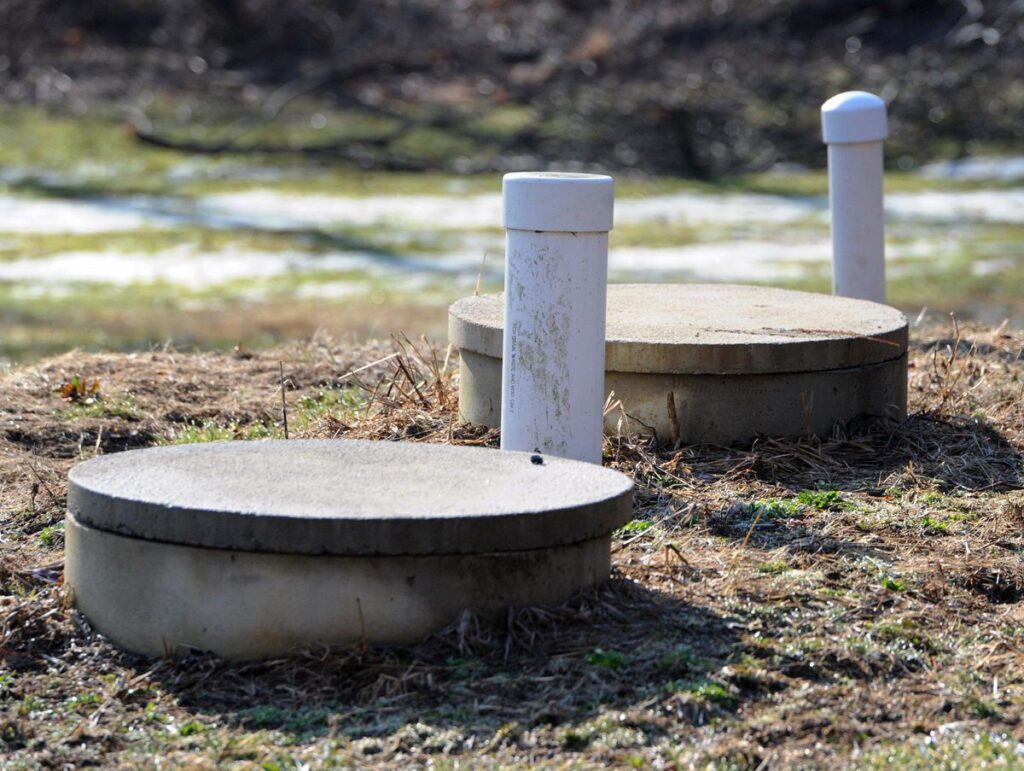
Top 5 Tips to Prevent Septic System Back-Ups
According to the EPA, about 1 in 5 US homes depend on septic systems, and with the uptick in professionals working from home, septic tank maintenance and backup prevention tips are among some of the top online searches. Septic service companies are in high demand, more people are home adding materials to the systems’ limited capacity, and high amounts of disinfectants are being used; all of which, are putting home septic systems to the test. Thankfully, there are many proactive measures you can take to prevent an untimely backup. Top 5 tips to protect your septic system: Recognize your septic system is a biological system. Septic systems are functioning ecosystems filled with living microorganisms. These microorganisms work to keep your septic systems clear by breaking down human waste and toilet paper. Be mindful of the disinfectants, sanitizers, house cleaners, and chemicals. Highly concentrated bleach products, other disinfectants, and strong chemical-based drain cleaners can be harmful to septic biology. Septic system biology tends to be overexposed to harsh chemicals through the improper disposal of toxic chemistries such as engine oil and paint cleaners, as well as the overuse of strong chemical products. Only flush human waste and toilet paper. Much too often, wipes, […]
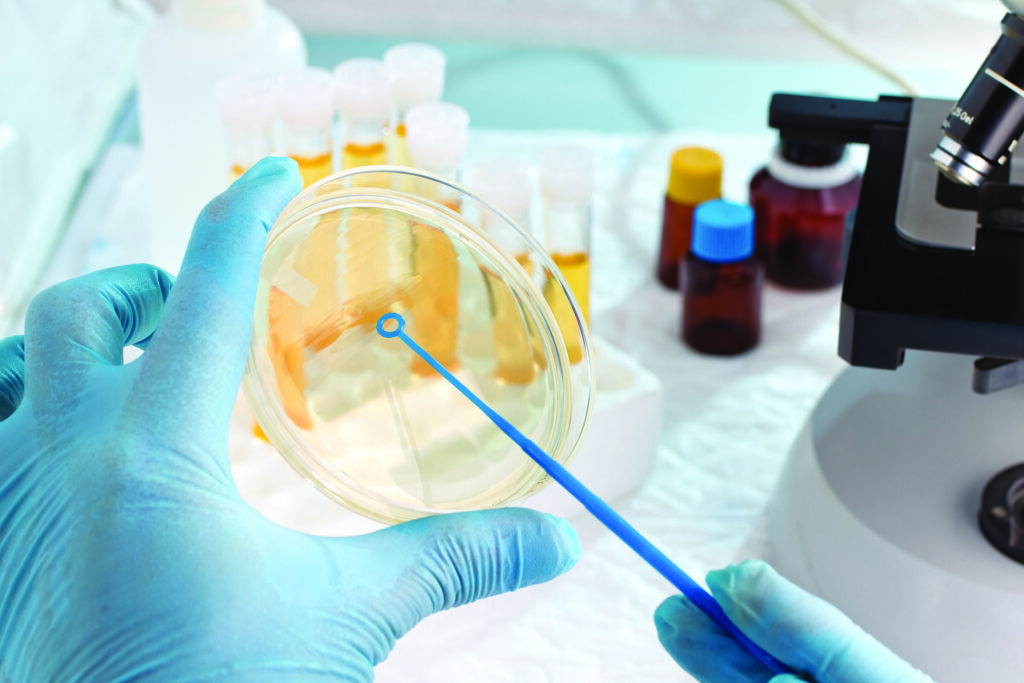
FAQs on Bacillus Strains in the I&I Market
1. How do MDG’s Bacillus strains help reduce a variety of organic materials such as debris, decaying food, human and pet waste and FOG? MDG offers Bacillus-based products with different Bacillus strains that have a wide array of capabilities. Bacillus are living organisms and need food to live and multiply. They break down and consume food sources like proteins, carbohydrates, and FOG, that they use to support growth of more Bacillus cells. 2. How are Bacillus strains able to help reduce odors? Bacillus can use certain odor-causing compounds as a food source or to support growth.Substances like volatile fatty acids (VFAs) are consumed as a food source. Other substances like nitrogen are assimilated and incorporated into new Bacillus cells, which prevents them from being released as odorous gasses like ammonia. 3. What types of applications and industries are MDG’s Industrial and Institutional (I&I) Bacillus-based ingredients suitable for? MDG I&I products are best suited for general cleaning and odor reduction. Microbial cleaners work well in applications like drains and grease interceptors where they can prevent build-up of organic material that causes clogs and odors. They also work well for applications like carpet or tile and grout cleaners where they provide long-lasting cleaning and odor reduction on surfaces that are traditionally hard to clean. 4. How […]